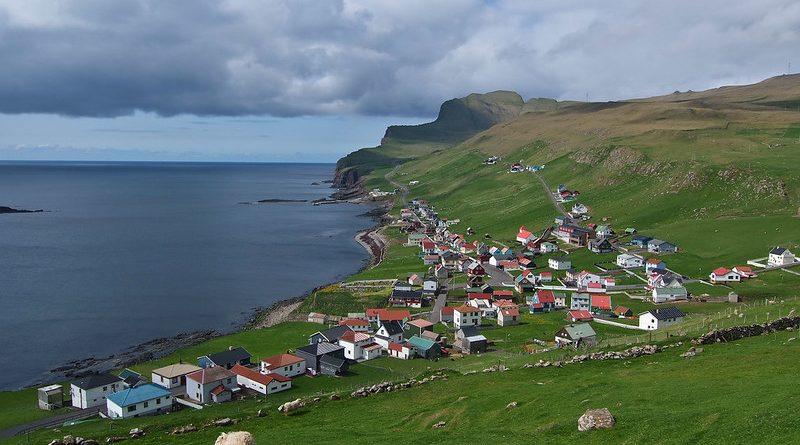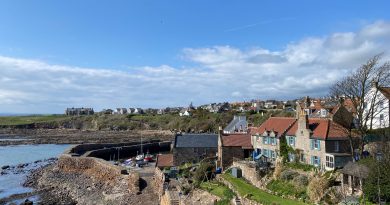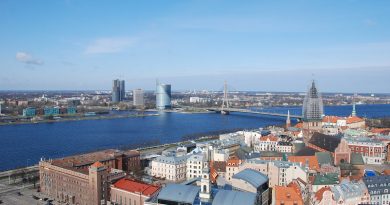Indonesia’s Forgotten Island: Sumba
The Nusa Tenggara Islands are an archipelago of Indonesian islands ,located west of the Wallace Line, except for Bali. More than 20 million people live on the islands.
There are 975 islands but the main ones are Bali, Lombok, Sumbawa, Sumba, Flores, Roti, Komodo and Timor.
Sumba
To the northwest of Sumba is Sumbawa, to the northeast, across the Sumba Strait (Selat Sumba), is Flores, to the east, across the Savu Sea, is Timor, and to the south, across part of the Indian Ocean, is Australia.
Sumba is known as the “Forgotten Island” of Indonesia. A well-kept secret amongst surfers and adventurers, this hidden gem is, surprisingly, only an hour’s flight away from the major tourist hub of Bali. Yet it has thus far remained largely untouched by tourists.
The proven historical civilization ruins of the Sumba people on the island dates back to the BC era. The megalithic burials found in the central regions of the island date back thousands of years . These stone-based burial traditions are still kept alive by the Sumba people and have become a ‘living ancient tradition’ that still can be observed by scholars .
The megalithic remains found on Sumba Island include the dolmen tombs, upright stones, megalithic statues, stone enclosures, and leveled terraces. The Sumba megalithic tradition itself is characterized by high quality carving.
Javanese power and influence grew after the 12th century.
In the Middle Ages, Sumba were active in trading valuable species of wood and fragrant resin. Due to the merchants from Arabia to the island, new breed of horses were introduced. The dry climate of the local Tropical savanna climate contributed to the expansion of horse breeding
Then In 1522, the native Sumba came into contact with the Europeans (Portuguese) who arrived on the island by ships to exploited the natural resources of the island. Later, it also attracted the Dutch VOC to come in the region in the 1600s. Historically, sandalwood was the main commodity exported to Europe , and Sumba became colloquially also known as the Sandalwood Island
In 1866, the island was transferred to the Dutch East Indies. The well-known Christianization of the natives of was started in 1886 by the Dutch under the Douwe Wielenga Jesuits missionary program
Sumba at the beginning of the twentieth century was divided into about twenty indigenous domains. Those in the eastern part of the island were ruled by a single lord, usually addressed as tamu umbu, who was the head of stratified, autocratic polity. In the western domains, no such centralized ruler existed; instead one found a shifting, achievement-oriented competition between “big men” who established their power bases from ancestral villages but did not rule over their fellows:
In the east… life is centered on the big houses of the aristocrats, who live with their servants or slaves in a relatively autonomous fashion… Stock breeding is of great importance, and the population is sparse.
In the West, on the contrary, we see huge plains of wet rice fields and a great many swidden gardens, often layered along the steep slopes of low-lying mountains, and a much denser population. There is greater economic equality, since livestock are distributed over a larger number of owners, and this accords with the total social structure, where the figure of the aristocrat who can live as a separate entity with his family and servants is much rarer.
The presence of servants as part of the household was a strong reminder of the time the ownership of slaves dominated all life on the island in both the social and economic senses.
Slavery and Headhunting
Slavery was an important elements of virtually every domains’ society until the Dutch put an end to it from the 20th century (slavery was abolished in 1860 in the Dutch East Indies, after years of taking part in the trade slave especially in Makassar). Slave raids intensified from the second half of the 19th century until the early 20th century under the action of Endenese (from the town of Ende in Flores), slave traders who targeted mostly the North coast and had ties with some eastern domains. Isoled western domains like Kodi or Lamboya remained more preserved from this issue.
The share of slaves in the population seem to have been higher in eastern Sumba. Some research done in the 1980s have found that almost 40% of the population was of slave descent in Rindi for instance.
In eastern Sumba, slaves were divided in two class. The higher one were the uncessible propriety of the nobles and often invested of important ritual duties. Their master had to provide them assistance, a house, pay the bridewealth…
In all over Sumba, the fate of war captives or outsiders taken prisoners was bleak. Missionary Kruyt reported in 1922 that war captives were sometimes sacrificed at the funeral of important nobles in East Sumba. Human sacrifice for ritual purpose was also a reality in West Sumba, Kruyt also reported that in Anakalang, a Weyewa girl was purchased and sacrificed to use her skin to cover a sacred drum. In Wanukaka, a captive was strangled as an offering to a python spirit. Kuipers reported in 1990 that in Weyewa, captives used to be sacrificed whenever a sacred house was rebuilt.
Headhunting was a highly ritualized activity practiced by some villages in West Sumba and limited to a small part of the year (from July through September, after the harvest and before the start of the rainy season, when there was not much agricultural work to do). Headhunting raids stopped in the 1920s under the influence of the Dutch.
Tradional hiouses
The Sumbanese traditional house or , “peaked house”, is characterized by its high-pitched central peak in its roof and strong connection with the spirits or marapu.
A Sumbanese traditional house with its distinctive high-pitched peak where the marapu resides.
A striking feature of a Sumbanese village is that houses intermingle with tombs.
Sumba Island contains several cultural and linguistic groups, however all share a common architectural heritage. Animism is strong in Sumbanese society. Their indigenous religion focused on the marapu. Marapu includes spirits of the dead, of sacred places, of heirloom objects and the instruments used to communicate with the spirit world.
This concept affects the architectural space within the Sumbanese house and the Sumbanese village.
The village is typically located on elevated sites, with houses (uma) forming two or more rows on either side of a central plaza. The central plaza is aligned north-south and contains megalithic tombs and other sacred objects, the overall impact is that the houses of Sumba people intermingles with the tombs.
Geography
Due to its distinctive flora and fauna Sumba has been categorised by the World Wildlife Fund as the Sumba deciduous forests ecoregion. Although generally thought to be originally part of the Gondwana southern hemisphere supercontinent, recent research suggests that it might have detached from the South East Asia margin. Sumba is in the Wallacea region, having a mixture of plants and animals of Asian and Australasian origin. Most of the island was originally covered in deciduous monsoon forest while the south-facing slopes, which remain moist during the dry season, were evergreen rainforest.
Festivals
There are many festivals throughout the year, but the most popular is Pasola. These horseback spear-fighting festivals are held in western Sumba during February and March. A once deadly tournament between clans (the idea is that blood must be spilled to appease the gods for a good harvest), Pasola is now largely symbolic and the wooden spears are blunted. Bareback horse riders, gallop around the field on steeds dressed in brightly coloured ribbons. The crowd goes wild when one of their spears hits an opponent.
Tourists are welcome at Pasola festivals, which still hold a high level of importance in Sumba. . Be aware that animals, usually pigs or chickens, are sacrificed as part of the rituals. This takes place in the villages before and after the festival,
Katopo
The long machetes are called “Katopo”. It is an accessory which is usually commonly carried by residents. Katopo measurement is about 50 to 70 centimeters. The sharp object is inserted in a cloth wrapped around the waist.
For men, Katopo is also a symbol of virility. Both men and women in Sumba use Katopo for their working aids, both in the fields and on farms.
Religion
Sumba has a highly stratified society based on castes.
Twenty-five to thirty percent of the population practices the animist Marapu religion. The remainder are Christian, a majority being Dutch Calvinist with a substantial minority being Roman Catholic. A small number of Sunni Muslims can be found along the coastal areas.
Ikat
Sumba is famous for ikat textiles, particularly very detailed hand-woven ikat. The process of dyeing




